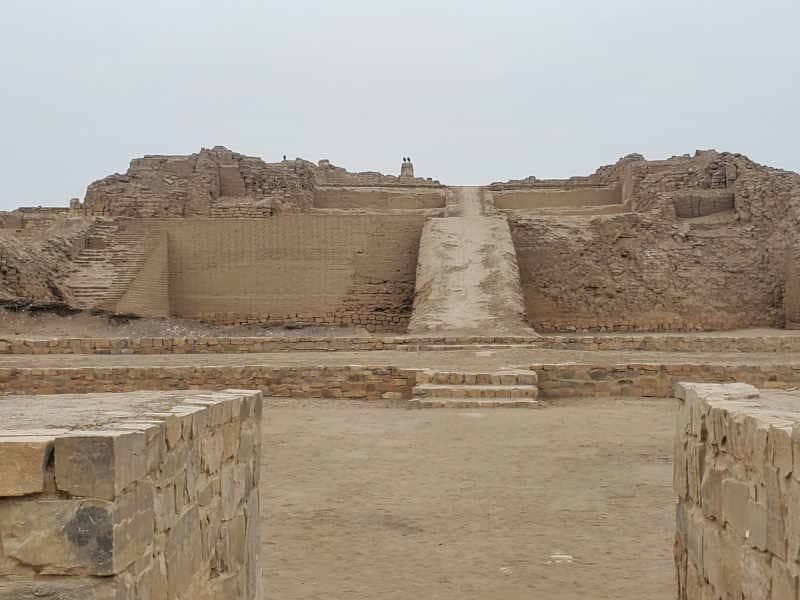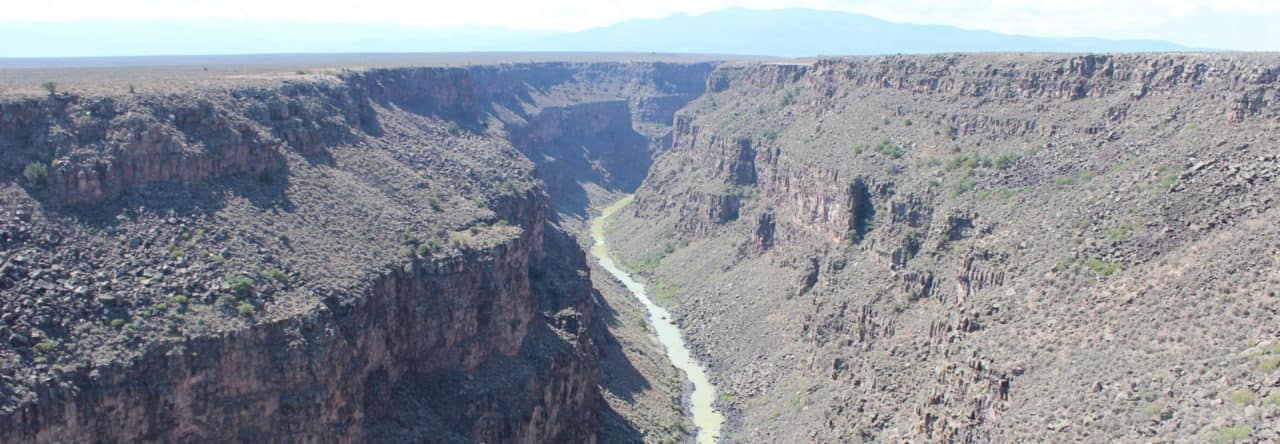To better appreciate the Peruvian culture, we were exposed to Peru in both the present as well as the past. Since school was not in session on a Saturday we took a trip to Pachacamac, an important sacred site just outside the city limits of present day Lima.
Only a few images will be added here for brevity. To see more images from Pachacamac, look on my Peru trip page sometime late July or early August.

Throughout the centuries there were four different groups that lived here: the Lima, the Wari, the Ychma, and the Incas. This complex covers approximately 1,100 acres and consists of buildings made of mud bricks. As each subsequent culture conquered the previous, they built upon this area and by looking at the types of bricks used archeologists can determine which culture built what.

My history of this area is incomplete but I will share what notes I have. The Lima culture worshipped sea animals as well as the Moon. Then sometime ~ 600 CE the Wari conquered the Lima. Sometime around 1100 CE the Wari culture was conquered by the Ychma. Around 1450 CE the Incas conquered the Ychma and not too long after (1533) the Spanish arrived and thus ended the rein of the Incas.

Pachacamac was the god thought to have created the Earth. This god most likely has had different names throughout history but this is what the Incas called him. The Spanish were thought to have destroyed an 8-foot wood-carved Pachacamac idol but one was found in 1938 that looks exactly as it was described by the Spanish. It was found in a room protected by a door covered in shells.

The Incas performed human sacrifices atop one of the pyramids found here. This site was called the Sun Temple and was situated at the top of the hill, overlooking the ocean. Young women were raised in a nearby building thats purpose was pretty much only to house the women to prepare them for either sacrifice or servitude. The most attractive young women were selected for sacrifice which was a big honor.

This complex was also used a burial ground for anyone that died. Bodies were wrapped in textiles based on social class. They were put in the ground in the fetal position with a burial mask. Estimates are that 80,000 people were buried here. Thirty-thousand people were buried in front of the Painted Temple (Wari). A few were taken to study and the rest were returned to the ground. This is just one of many reasons why cremation or composting is my preferred burial method!


For lunch we went to this placed called Dpaso which was right down the road. The lunch was buffet style (I had to try almost everything) with live folk dancing that would take place every 15 minutes or so. This was similar to the other dances we had seen (other than this dance called the Alcatraz). Following that, we did go outside for something new. Horse dancing!


#cuywatch2022
